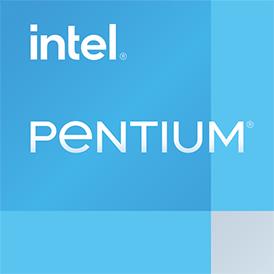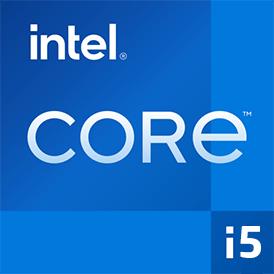 Estimated results for PassMark CPU Mark
Estimated results for PassMark CPU Mark
|
|
Intel Core i5-11400F
6C 12T @ 2.6 GHz
|
17082
|
|
|
Intel Pentium E2210
2C 2T @ 2.2 GHz
|
702
|
 Geekbench 5, 64bit (Multi-Core)
Geekbench 5, 64bit (Multi-Core)
|
|
Intel Core i5-11400F
6C 12T @ 2.6 GHz
|
7270
|
|
|
Intel Pentium E2210
2C 2T @ 2.2 GHz
|
557
|
 Geekbench 5, 64bit (Single-Core)
Geekbench 5, 64bit (Single-Core)
|
|
Intel Core i5-11400F
6C 12T @ 2.6 GHz
|
1513
|
|
|
Intel Pentium E2210
2C 2T @ 2.2 GHz
|
309
|

